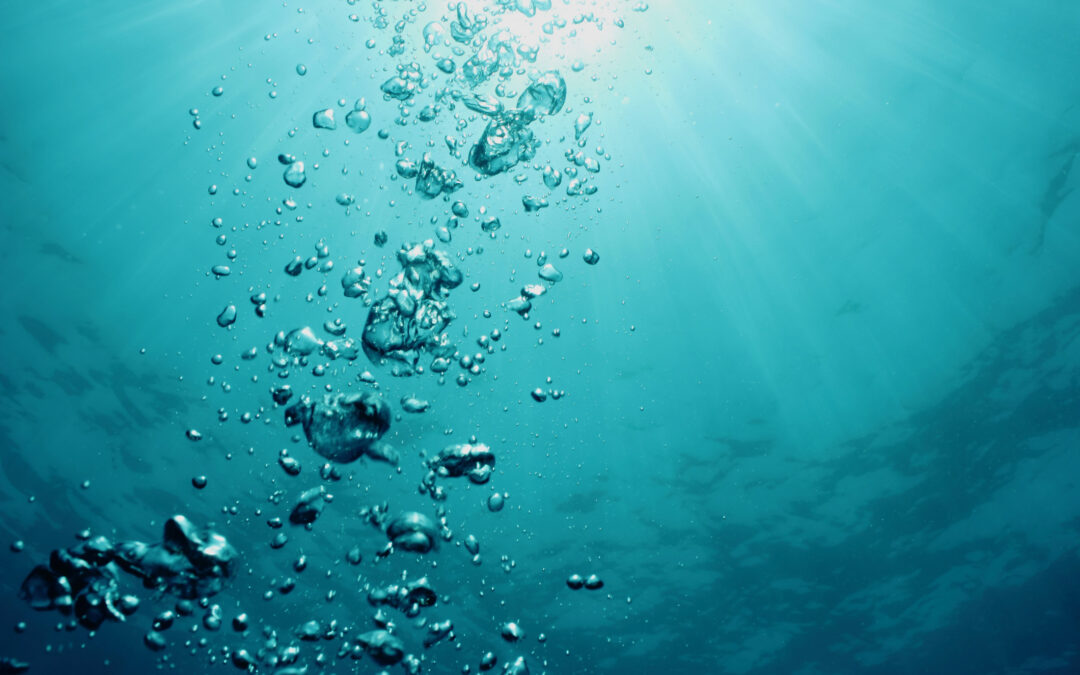Materials
Pond aeration typically uses rubber membrane diffusers, which are inexpensive and require little cleaning in the first few months of operation. But, peer reviewed studies from the Green Bay Metropolitan Sewerage District and the Water Environment Research Journal have shown that these rubber membrane diffusers lose 30% of their efficiency in the first 12-18 months of performance and cost 20% more to maintain over the long term. Our lake aeration technology uses ceramic diffusers, which start off more slowly and require more cleaning, but they are the better choice for long-term, large scale lake aeration. Even with added maintenance, our ceramic diffusers deliver cost-savings and higher performance over the long term.
Design
A backyard pond aeration kit is designed back on water volume and can be installed by anyone. Some companies take this kit-style approach too far when designing lake aeration. They propose a cookie-cutter approach, multiplying one kit developed for 5 acres by 20 in an attempt to service a 100-acre lake. That’s not efficient, and it’s definitely not cost effective! Just take a look at an EverBlue design compared to our competitor’s design, obtained during a sealed bid process:


